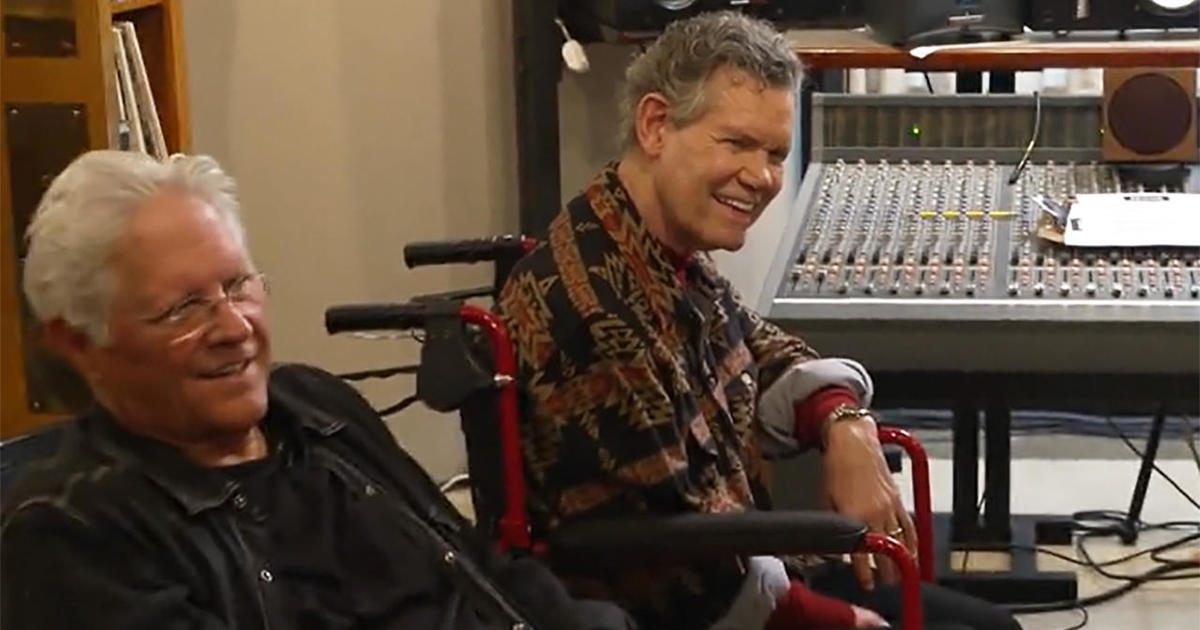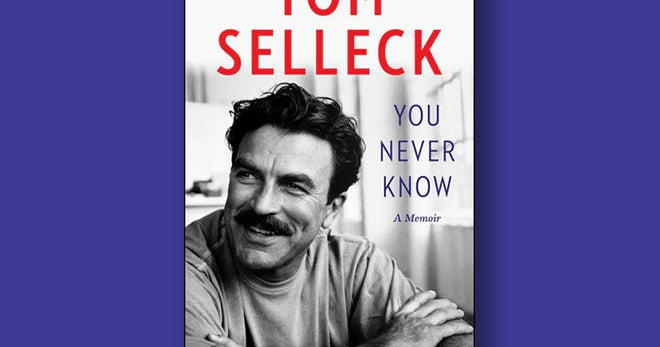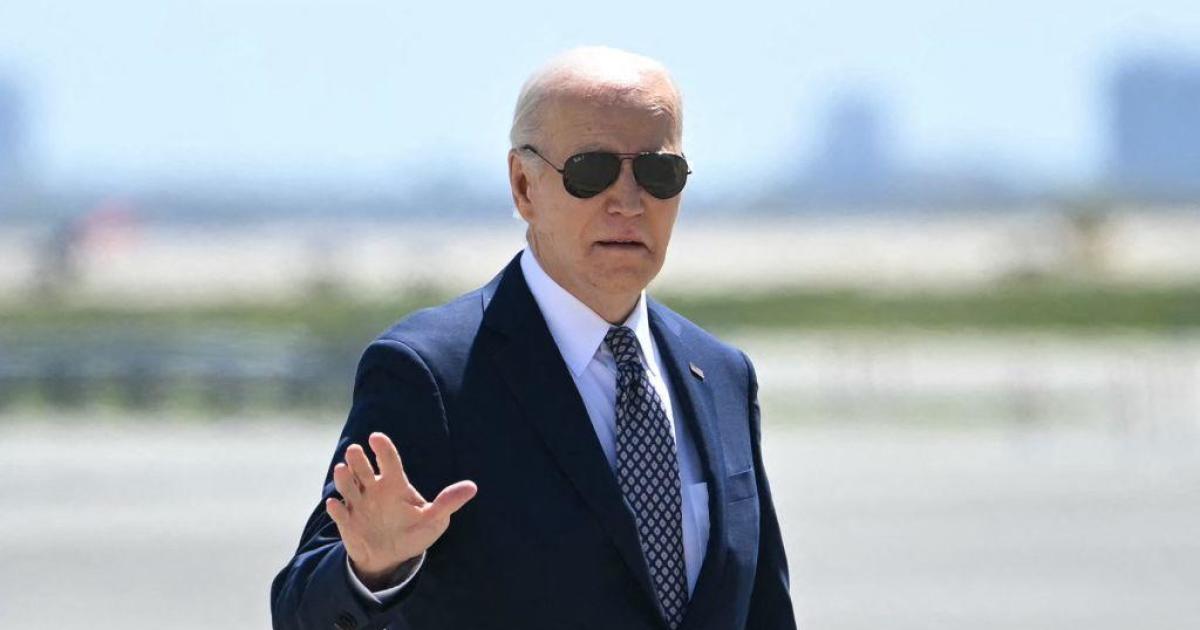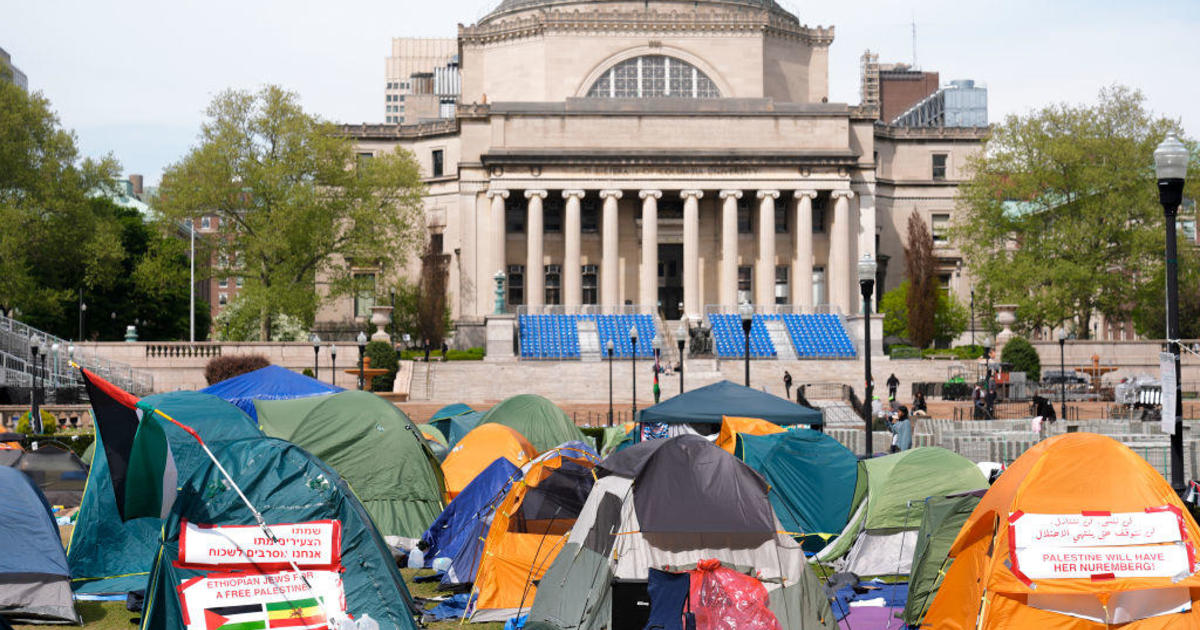Transcript: Wes Lowery on "Face the Nation," September 6, 2020
The following is a transcript of an interview with "60 in 6" Quibi Correspondent Wes Lowery that aired Sunday, September 6, 2020, on "Face the Nation."
JOHN DICKERSON: Welcome back to FACE THE NATION. Overnight, there were tense confrontations between demonstrators and police in Rochester, New York, and in Portland, Oregon. They're the latest in a series of protests, some of which have turned violent this summer since the killing of George Floyd in Minneapolis. Joining us now is Wesley Lowery, correspondent for 60 in 6. Wesley just returned from Kenosha, Wisconsin, where he was covering the shooting of Jacob Blake. Wes, it's good to have you with us.
WESLEY LOWERY: Thanks for having me.
JOHN DICKERSON: So we have heard a lot about Kenosha. It's in the middle of this presidential campaign. You were there. What's happening there? What's the scene?
LOWERY: Certainly, you know, so I- I just got back earlier this week from Kenosha and spent some time on the ground there. And- and, look, it's not unlike a lot of the other cities in the last few years and certainly the last few months where we've seen unrest on the ground. Right? Initially, there is kind of an organic anger that turns sometimes into violence. We saw this in Kenosha. Some buildings burnt down. Then you have a rush of people who come in. And in this case, that was both folks who wanted violence as well as these kind of vigilante groups. We had the shooting that involved Kyle Rittenhouse. But then once the dust settles, what you're left with are the locals, the people who live there, the people who are still there, even after some of us get on the plane and go back home. And so what we see Kenosha is some ongoing energy, ongoing protest, frustrations. You know, Kenosha is one of a series of cities and towns in kind of southeast Wisconsin between Chicago and Milwaukee, old factory towns used to be auto manufacturers, places that in a lot of ways, you know, industry left behind. And so you do see, even though this is a primarily white stretch of the country, minority populations there that are impoverished, that feel like they're dealing with discrepancies. And so there is some tension and racial tension beneath the surface there in Kenosha. And so even as some of the cameras leave and our attention turns to the next story, this energy from the protest and this fallout from Jacob Blake's shooting, I think, is going to remain kind of at the fore at least in Kenosha locally.
JOHN DICKERSON: And compare it for us, if you would, to what you saw in Minneapolis after George Floyd, which is to say, does that energy you describe manifest itself in reform, in new laws, in pushing for that, or is it different?
LOWERY: Well, it's different in part because in Minneapolis, you were seeing George Floyd was in many ways the latest in what had been a series of cases. That area had dealt with many high profile cases of police use of force from Philando Castile to Justine Daymond year after year after year. While in Kenosha, this is the first major incident, not that folks on the ground don't have their own anecdotes and stories. And so I note that because one you see in Kenosha, a kind of protest and organizing that's more in its infancy versus Minneapolis, where it was very mature and developed. But second, you know, in Minneapolis, the demonstrators, the organizers, this energy had had time to influence the local politics. There were members- members of the council locally who had themselves been demonstrators in protest. You had kind of progressive politicians up and down. The politics of Kenosha and the politics of Wisconsin are a little bit different. And so what we see is that this is kind of the beginning of a process in a Kenosha, Wisconsin. While in Minneapolis, George Floyd was actually much later in the process as it comes to the influence and the organization of these types of folks.
JOHN DICKERSON: I want to ask you, Wes, about some of your great reporting that's in your 60 in 6 piece, which is you talk to the person who- who took the footage of Jacob Blake. What did- what did you hear in that conversation?
LOWERY: Of course, yeah Raysean White, he was the first person I wanted to talk to and I got to the ground. Having covered a lot of these police cases in the past, I'm always interested in the people who are thrust into the story. You know, Raysean White, this 22 year old. He lives across the street, he hears a commotion outside. And look, we're all nosy neighbors. He sticks his head out the window, ends up capturing this video that changes the city he lives in and one might argue, changes the nation. And, you know, when we talked, this was maybe two weeks after the shooting and- and he was still really grappling with the implications of what had happened. He was obsessively following the coverage from the protests to the- to looting to the shooting now by Kyle Rittenhouse of these protesters. And he was having trouble not succumbing to an anxiety that it was all his fault. Should he have taken this video? Should he have shared it? If he hadn't, would any of this stuff happened? And so I was really fortunate. I really appreciated the time he spent kind of talking through the collateral consequence of doing the right thing, seeing something happening, turning his phone on, sharing it with the world so now we can all decide what we think of that incident for ourselves. But that this doesn't end for him. He's still sitting there with the stress and anxiety and wondering, you know, did he do the right thing?
JOHN DICKERSON: Wesley Lowery, thank you so much for your reporting on the ground and for being with us. And we'll be right back in a moment.



